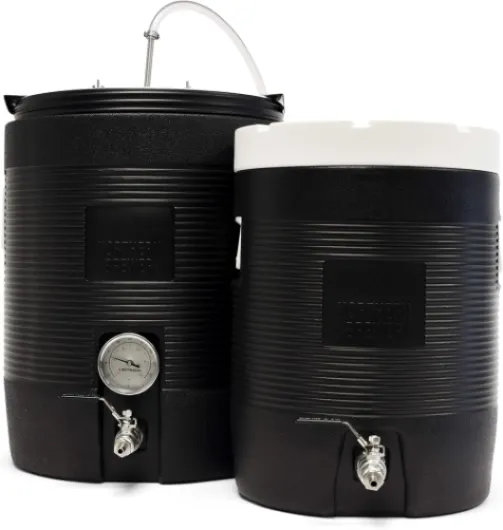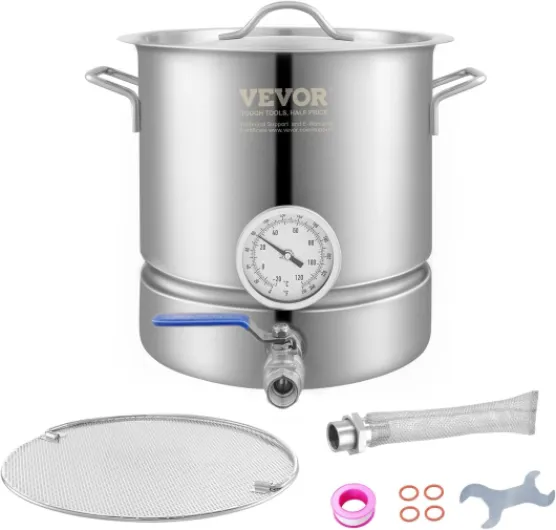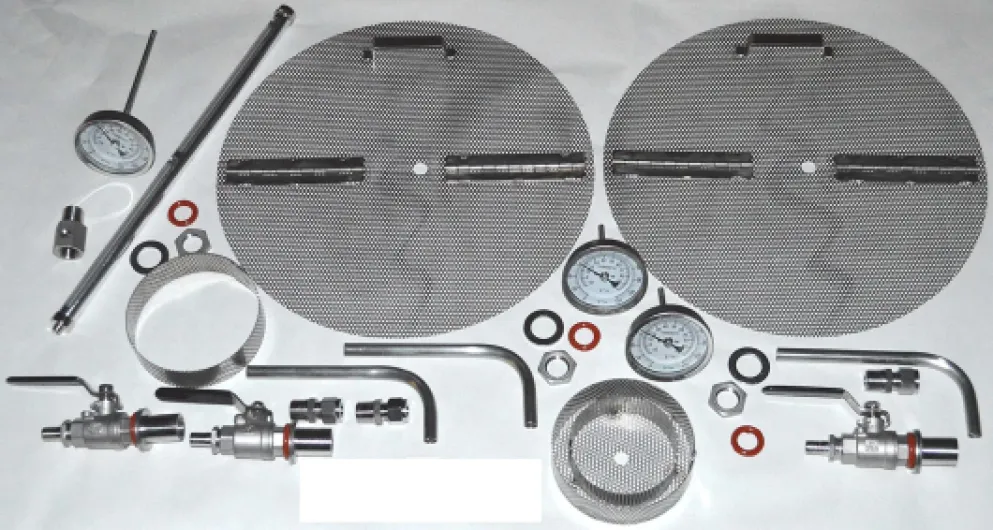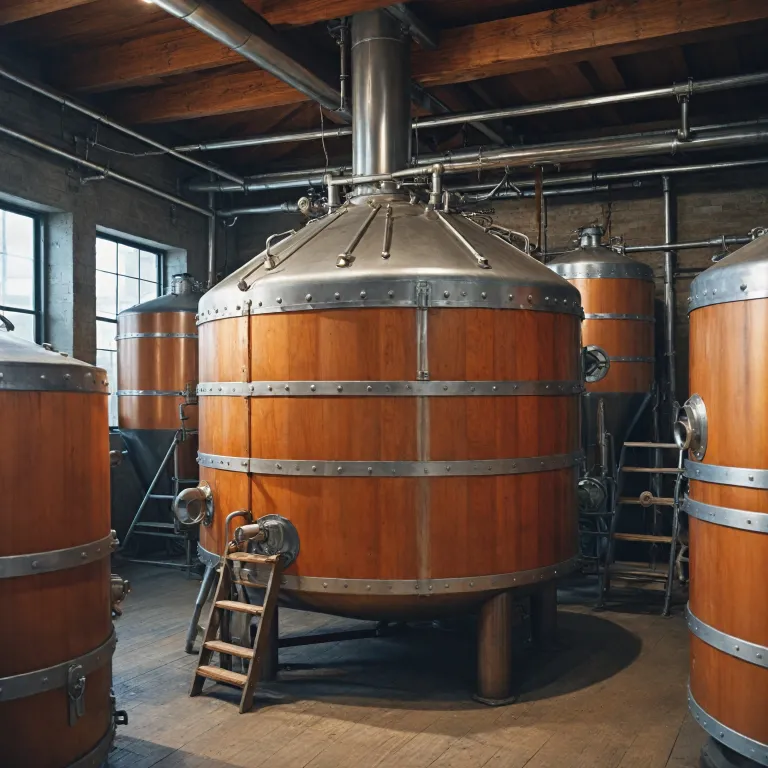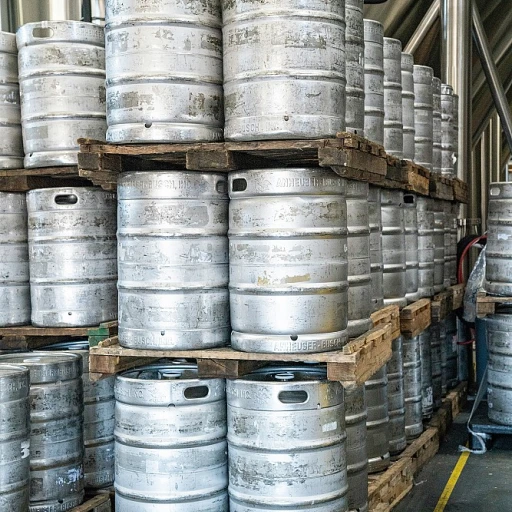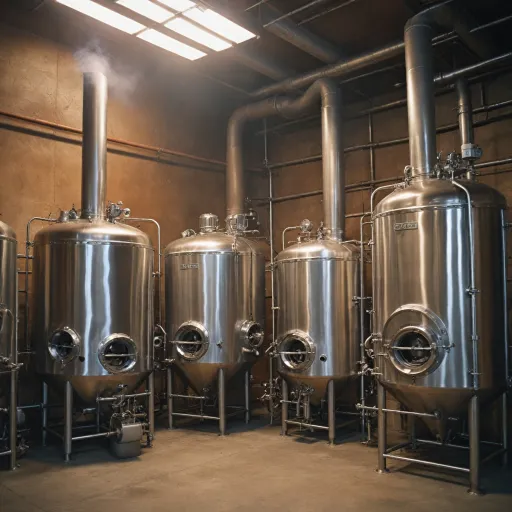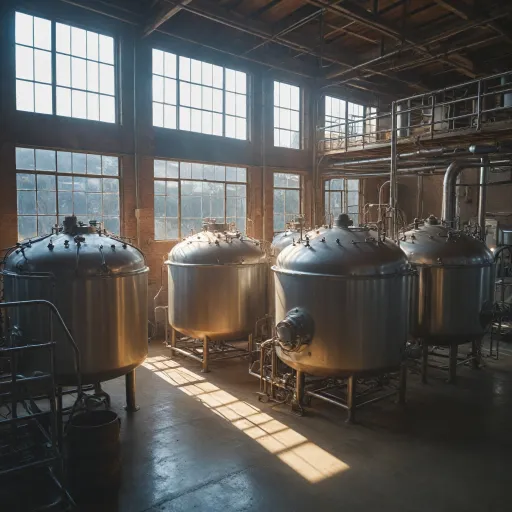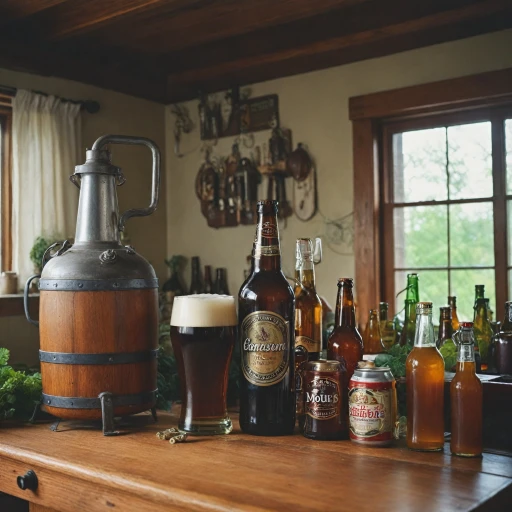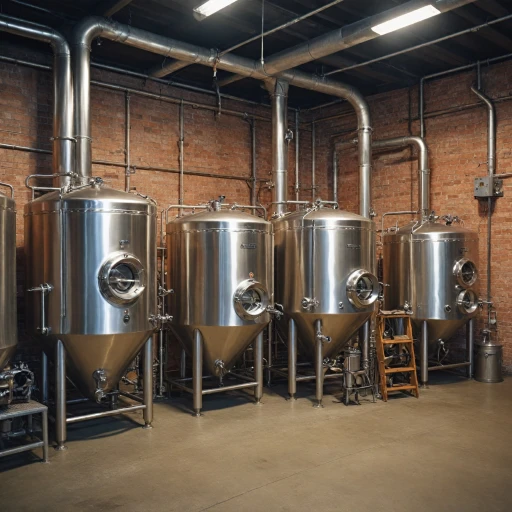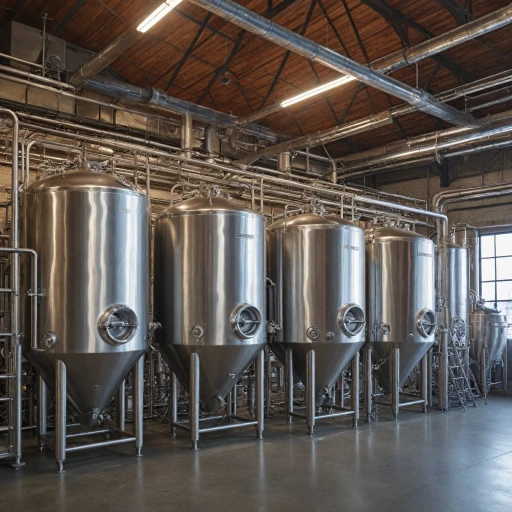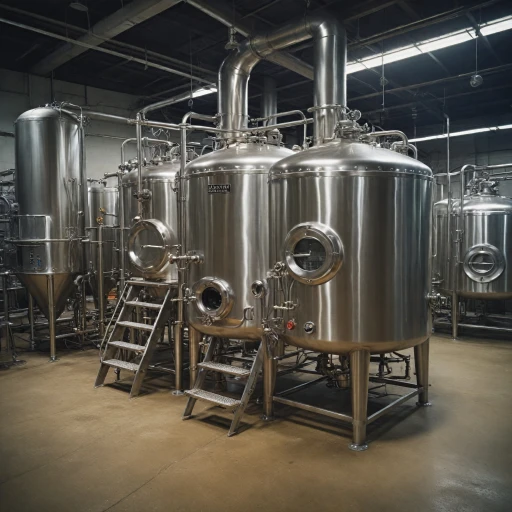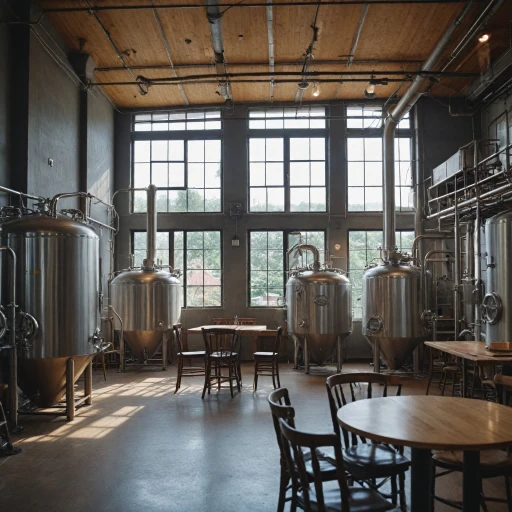
The Basics of a Lauter Tun
A Key Player in Brewing
Understanding the lauter tun is essential for anyone delving into the world of beer brewing. This crucial component plays a significant role in the brewing process, especially when it comes to separating the wort from the solid remains of the mash, commonly referred to as the grain bed. The lauter tun's primary purpose is to extract clear wort, an integral part of producing high-quality beer. By meticulously controlling the lauter tun process, brewers can ensure the clarity and flavor profiles desired in their beer.Key Features
A lauter tun is typically a large tank equipped with a false bottom. This false bottom is designed to hold the spent grains while allowing the liquid wort to pass through and be collected beneath. To facilitate efficient drainage, most lauter tuns also include additional features such as slotted plates and automated rakes, which help ensure even distribution and minimize channeling in the grain bed.Why It's Important
The lauter tun's importance cannot be overstated. Proper use and maintenance allow for the efficient transfer of wort, impacting the brewery's overall efficiency and the final quality of the beer. The lauter tun is thus a vital piece of equipment that deserves careful consideration, particularly when scaling up brewing operations or improving existing equipment. Understanding other brewing equipment such as various beer tanks can enhance your knowledge of the brewing world, guiding you to make informed decisions regarding your brewing setup.How the Lauter Tun Works
The Science Behind the Lauter Tun's Function
A lauter tun is an integral part of the beer brewing process that performs the crucial task of separating the wort from the spent grains. To fully grasp how it operates, we'll explore its function within the process. The lauter tun’s main responsibility is to allow the sweet wort to pass through while retaining the husks and solids that result from the mashing process. This step is pivotal in ensuring a smooth transition to the next phases of brewing.
The lauter tun has a set of mechanisms that ensure this separation is completed efficiently. The bottom of the vessel contains a false bottom—a screen-like design—that serves to filter out the solid materials. As the mash is transferred into the tun, a process called lautering begins. Hot water is introduced to rinse the grains, allowing residual sugars to dissolve and flow through the false bottom. Gradually, the wort is collected, clear and ready for boiling.
To maximize the effectiveness of this process, it’s crucial to have a consistent grain bed. Stirring the mash gently can help settle and distribute the grains evenly over the false bottom. This promotes optimal liquid flow and prevents clumping, which could lead to an inefficient separation.
Carefully controlling the flow rate of the wort is also essential. Too fast, and you risk pulling through unwanted particles; too slow, and you may not extract enough sugars necessary for fermentation. Brewers often adjust the speed through a valve at the tun’s outlet, thereby refining the brew to their desired profile.
Overall, understanding the intricate dynamics of the lauter tun can guide breweries in refining their craft. If you're interested in other ways to enhance your brewery's efficiency and appeal, you might find some innovative strategies for boosting brewer sales useful.
Materials and Design of Lauter Tuns
Construction and Features of Various Lauter Tun Models
Understanding the materials and design of lauter tuns is crucial for brewers who wish to enhance their brewing process. A well-constructed lauter tun can significantly influence the outcome of the beer by ensuring efficient separation of the wort from the grain.- Materials:
- Design Features:
- Size and Capacity:
The Lautering Process Explained
Steps in Lautering: Making the Most of Your Malt
Lautering is a crucial step in the brewing process, and understanding its intricacies can significantly impact the quality of your beer. Here’s how this essential process plays out:- Stirring the Mash: The first step is ensuring an even distribution of the mash within the lauter tun. This homogeneity allows for optimal water flow and better extraction efficiency. While some breweries opt for mechanical stirring systems, manual stirring is still practiced, depending on the scale and philosophy of the brewery.
- Start of Wort Separation: Once the mash layer is even, water is slowly added to the lauter tun, and gravity begins to separate the reusable grains from the wort. A well-designed lauter tun enables an even extraction process, meticulously separating byproducts for effective brewing.
- Wort Collection: As the wort moves through the bed of grains, it’s collected at the bottom of the lauter tun. This is where the design and functionality discussed earlier come into play, allowing for a smooth flow and preventing clogging.
- Grain Bed Management: During the collection, the grain bed may need to be adjusted to avoid channeling, a phenomenon where liquid bypasses parts of the mash, leading to inefficient extraction. Proper attention to grain bed consistency is key.
- Cleaning Between Batches: After wort collection, cleaning the lauter tun helps maintain efficiency and precisions for the next brewing cycle. Regular maintenance ensures that the lauter tun functions optimally, contributing to the overall quality of the beer you craft.
Choosing the Right Lauter Tun for Your Brewery
Factors to Consider When Selecting a Lauter Tun
Choosing the right lauter tun for your brewery is a crucial decision that can impact the efficiency and quality of your beer production. Here are some key factors to consider:
- Size and Capacity: The size of your lauter tun should align with your brewery's production goals. Consider both your current needs and future expansion plans to ensure you select a tun that can handle your desired batch sizes.
- Material: As discussed earlier, the material of the lauter tun affects its durability and performance. Stainless steel is a popular choice due to its resistance to corrosion and ease of cleaning.
- Design Features: Look for design elements that enhance the lautering process, such as slotted plates or false bottoms that facilitate efficient wort separation. A well-designed tun can improve the clarity and quality of your wort.
- Automation and Control: Consider the level of automation you need. Some lauter tuns come with advanced control systems that allow for precise management of the lautering process, which can be beneficial for consistency and efficiency.
- Budget: While it's important to invest in quality equipment, it's also crucial to stay within your budget. Weigh the benefits of different features against their costs to find the best fit for your brewery.
By carefully evaluating these factors, you can select a lauter tun that not only meets your current needs but also supports your brewery's growth and success.


